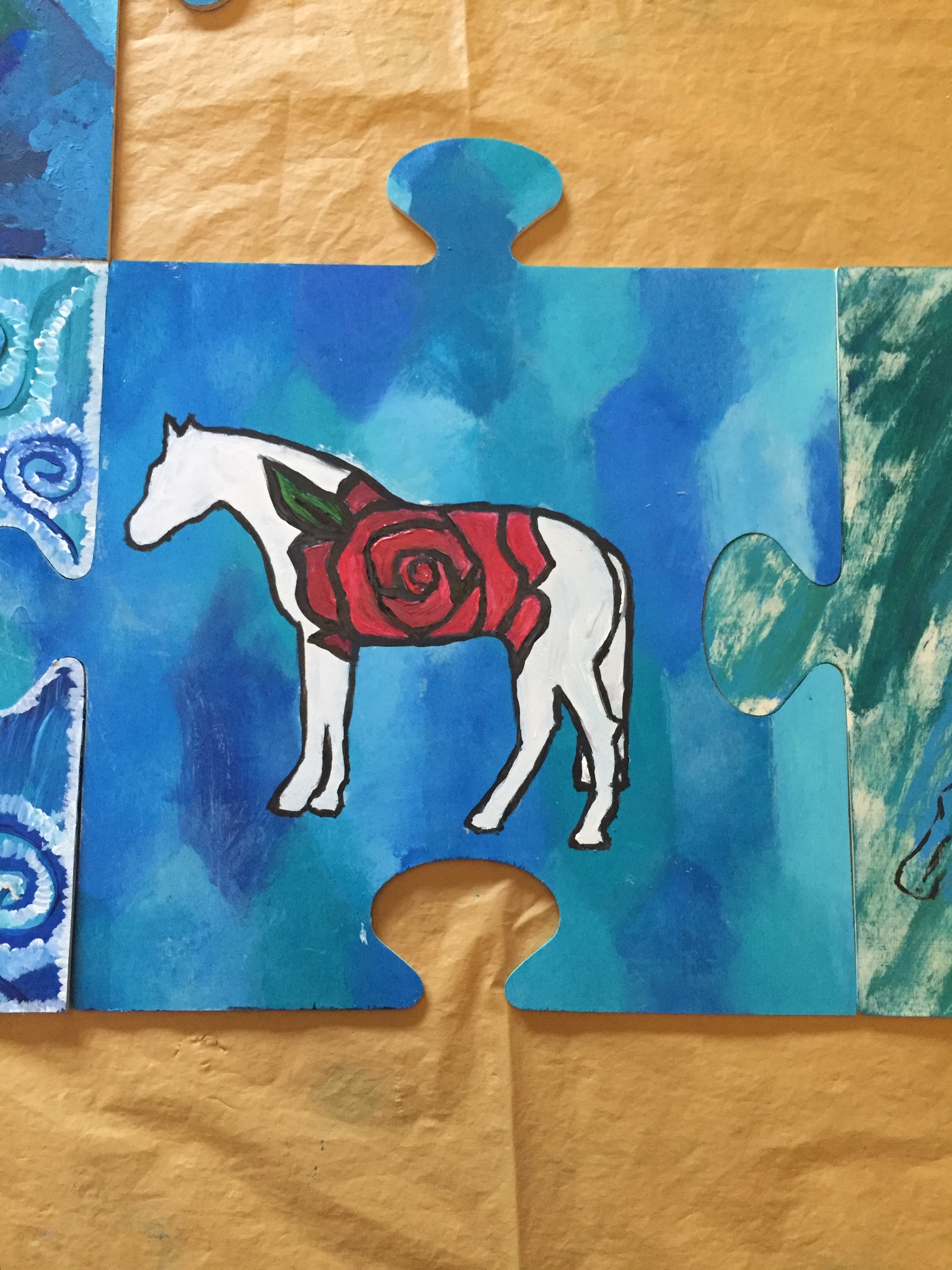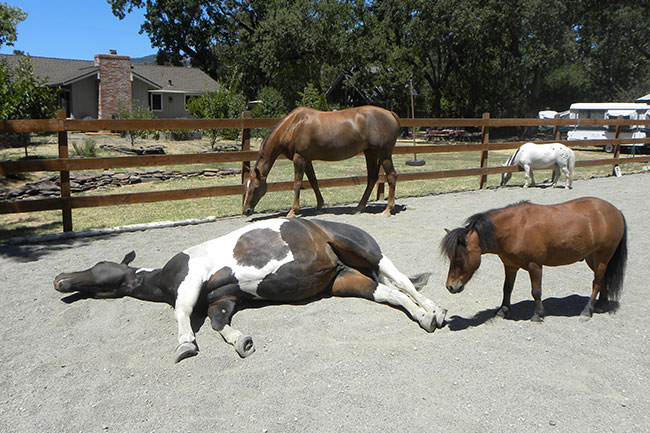Experiential Therapy Components
Research has shown that families who can be resistant to formal therapy may be more accepting of and accessible by an experiential mode of treatment. Our collection of experiential therapy components allows for a metaphorical presentation of material in a less threatening interactive manner.
Animal-Assisted Activities:
We use horses in our work to address mental health and relationship issues. Experiential learning with horses promotes emotional growth . Clients are encouraged to interact with horses to gain insight into behavioral patterns, to learn new ways of communicating and connecting, and to acquire new perspectives for viewing old issues. Some goals of this experiential therapy include:
– Identifying and experiencing positive aspects of non-verbal communication.
– Recognizing, understanding, and utilizing boundaries.
– Taking directions.
– Building trust.
– Identifying self success.
– Relationship building.
– Increasing self esteem.
– Increasing ability to make appropriate choices.
– Expressing feelings.
– Facing fears.
– Improving listening skills.
– Increasing respect, empathy and compassion.
Horses are non-judgmental and are highly effective in mirroring attitudes and behaviors of people. They are very sensitive to non-verbal communication and will reflect back the message they get from people. The activities with the horses are selected specifically for each family. This selection may or may not include riding.
Cooking:
Food and cooking is also an important experiential component of our program. Not only do we believe that families must be nurtured in healthy ways during their time with us, but making meals can also make memories. Meal preparation and sharing meals is unique among other intensive programs and our rationale is several-fold. Most basically, food preparation and sharing meals are fundamental ways that families interact, bond and stay connected. These interactions are typically disrupted during and following separation and/or trauma. Months to years may have passed that a family has shared a meal. Participating in activities of daily living is an essential part of a family’s connection. In our experience, helping a family face and overcome these initial challenges of living together is one of the most significant interventions we will make. It is work that is beyond the reach of traditional outpatient treatment. Cooking together is one of the most powerful ways to foster safe connections, forge new memories and also evoke old memories, which are the building blocks of successful connection. Cooking fosters the uniquely powerful effects of olfaction on emotional memory. The role of the Chef is extremely important in this component, as personality and relatedness is necessary for this to be effective. Learn more about our Chef Charles.
Recreation:
There are many reasons to incorporate play into therapeutic process with families: overcoming challenges of a family that is not verbally-oriented; helping family members to be less analytical
and intellectual; fostering disclosure when shame, discomfort and distrust dominate family interactions and to promote new relational patterns. Research suggests that integrating play into family therapy increases engagement and motivation among parents and children alike. The use of “family play” offers a potent glimpse into family dynamics and roles via first-hand interactions. Unlike exposure-based techniques, where role-plays may be used to address interactions that have caused the family difficulty, family play activities provide a structure in which families can interact in new ways, as well as feel included and respected. An extremely important aspect of our experiential components is the therapeutic use of art making, within a professional relationship, by people who experience illness, trauma or challenges in living. Through creating art and reflecting on the art products and processes, people can increase awareness of self and others; learn to cope with symptoms of stress and traumatic experiences; enhance cognitive abilities; and enjoy the life-affirming pleasures of making art.

This program component serves the following purposes:
• Self-esteem and mastery
• Fun and play
• Exercise
• Re-focus/coping skills
• Social skills
• Assessment of emotional regulation, problem solving and frustration tolerance
• To establish rapport
• Provide structured challenges for communication and problem solving
Activities are chosen with the following in mind:
• Size of group
• Age/developmental level of participants
• Level of physical activity required
• Available space/facilities
• Intensity of interaction
• Competitiveness
• Risk of “failure”
Recreational activities aim to foster continuity, cohesion and help families cope with and avoid unfair allegations/cheating. It is important to hold many factors in mind when choosing activities,
including:
• Build skills first?
• Make sure that most resistant players will have success immediately
• Clear expectations (how long to play, how to get help, rules)
• Create opportunities for the rejected parent to succeed
• Play games that the leader is comfortable with
• Does the family have a “game culture” already? Use it!
Some of the activities are held indoors and include, but are not limited to:
• Board games such as Apples to Apples, Battleship, Uno, Sorry, Life
• Card Games
• Art projects such as collages, painting feelings, etc.
• Projective activity: tell us what the people/animals in these pictures might be feeling



